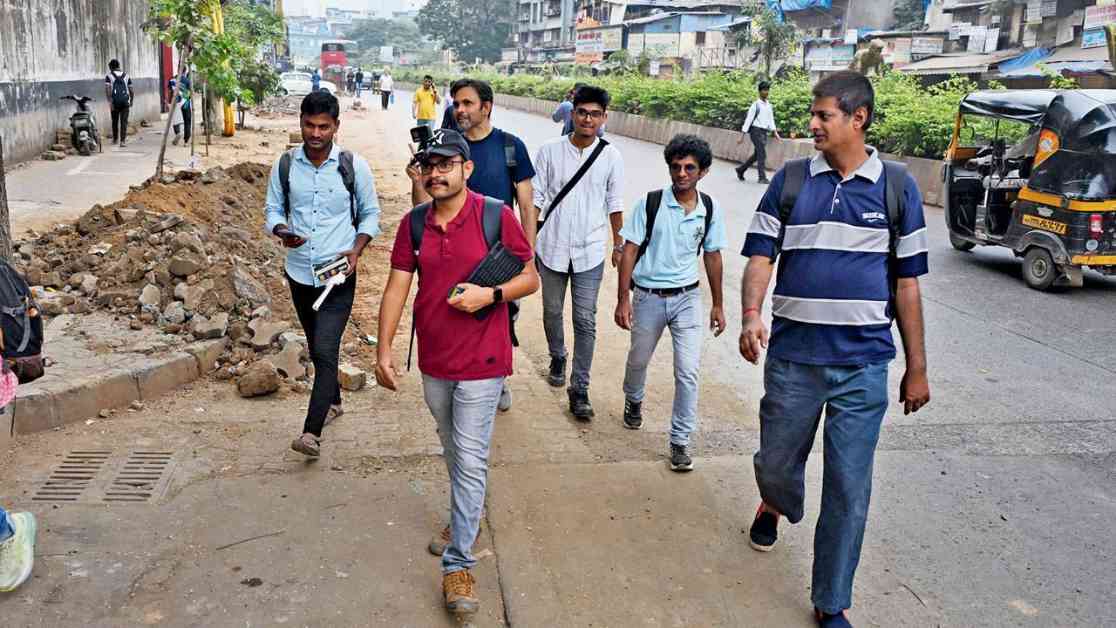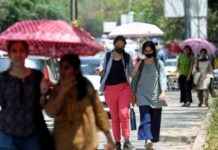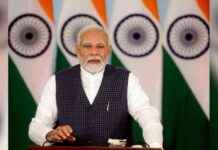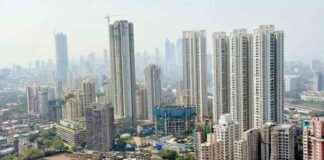Improving Walkability in Mumbai: Challenges and Solutions
Mumbai is a bustling city where walking is a constant struggle for space and safety. The Walking Project, a citizen advocacy group, recently organized a community walk in Bandra East to highlight the challenges faced by pedestrians in the city. Participants, including 22-year-old architecture student Dhanraj Khair, assessed pedestrian infrastructure, walkability, and air quality along the route.
The walk served as a wake-up call for Khair and other participants, exposing them to the harsh reality of urban walkability in Mumbai. Despite Maharashtra’s urban transport policy introduced seven years ago to support walking, cycling, and public transportation, walking in Mumbai remains a challenge. The Mumbai Climate Action Plan (MCAP) revealed that only 22 percent of the city’s road network is pedestrian-friendly.
To address pedestrian-vehicular conflict, MCAP has recommended the development of a Non-Motorised Transport (NMT) policy by 2035 and the initiation of pedestrianisation pilot projects in high-footfall areas by 2025. These projects aim to improve signage near crossings, extend signal times for pedestrians, and create more walkways in low-income areas.
During the community walk, participants observed the poor condition of footpaths, dug-up roads, and obstacles along the route. Kedar Sohoni of Green Communities Foundation highlighted the challenges faced by pedestrians, especially seniors or those with physical limitations, in navigating the area. The air quality index (AQI) recorded during the walk also indicated high levels of pollution in key areas of the city.
The need for municipal action to improve walkability in Mumbai is urgent. By raising public awareness through community walks and advocating for better pedestrian infrastructure, organizations like The Walking Project aim to drive positive change in the city. With increased focus on pedestrian-friendly policies and infrastructure development, Mumbai can become a safer and more enjoyable city for walkers.
As Mumbai continues to grow and evolve, addressing the challenges of walkability will be crucial for creating a sustainable and livable urban environment. By prioritizing pedestrian safety and accessibility, city planners and authorities can enhance the quality of life for all residents and visitors. Through collaborative efforts and citizen advocacy, Mumbai can pave the way towards a more walkable and pedestrian-friendly future.




















